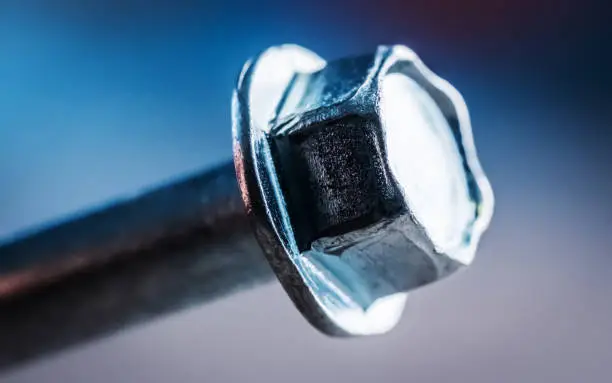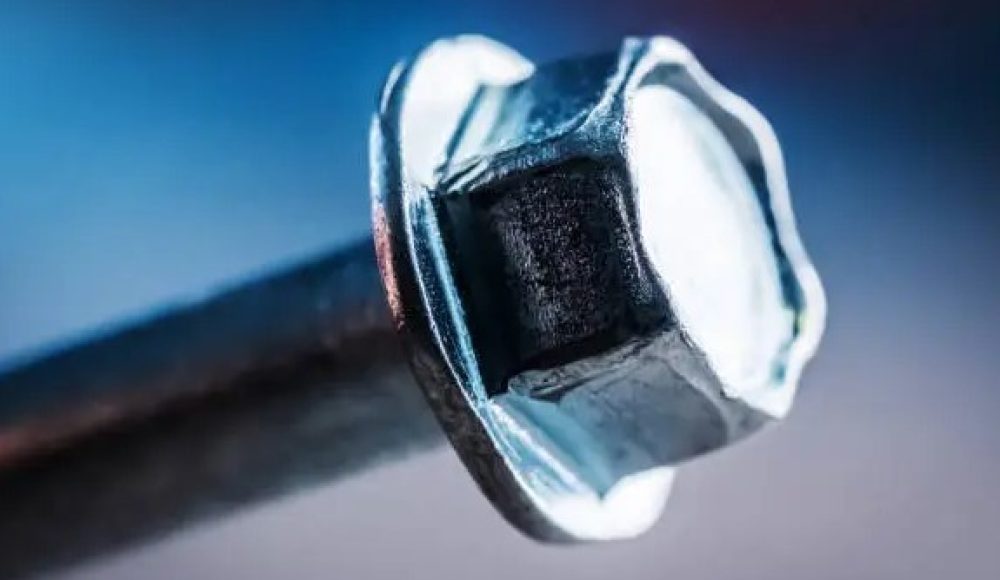In industrial environments where structural integrity is paramount, fastening isn’t just a matter of screwing bolts into place. Behind every secure joint lies a precise balance of torque and preload. For engineers, understanding this relationship is essential when designing or maintaining heavy-duty fastening systems.
Why Torque and Preload Matter
Torque refers to the rotational force applied to a fastener. Preload, in contrast, is the tension generated inside the fastener after it’s tightened. These two factors directly determine whether a joint remains secure under load.
Without the correct preload, even the strongest bolt can loosen, fatigue, or fail. لكن, applying too much torque can lead to over-stretching, thread damage, or bolt breakage. لذلك, managing the torque-preload relationship is crucial in sectors such as aerospace, energy, السيارات, والبناء.
The Science Behind Preload
Preload creates a clamping force that holds joint members together. This force helps prevent separation and maintains friction between contact surfaces. Once preload is established, external loads are partially resisted by the clamping action rather than solely by the fastener.
The elasticity of the bolt plays a key role. A properly preloaded bolt stretches slightly like a spring. This controlled elongation resists vibration and absorbs shocks, ensuring that the assembly remains intact under cyclic or dynamic forces.
Factors Affecting Preload Accuracy
Several variables can influence preload accuracy during installation. These include:
-
Thread friction (nut/bolt interface)
-
Washer or bearing surface friction
-
Lubrication condition
-
Material elasticity
-
Torque tool calibration
Thus, even if torque is consistent, preload can vary significantly. This variation must be accounted for in safety-critical joints, especially those involving السحابات الشاقة under continuous mechanical stress.
Methods of Preload Control
To improve preload consistency, engineers use various techniques:
-
Torque control: Most common but sensitive to friction variation.
-
Turn-of-nut method: Tighten to snug torque, then rotate further based on angle.
-
Tensioning methods: Use hydraulic tensioners to stretch bolts before applying nuts.
-
Ultrasonic elongation measurement: Accurate but costly and typically reserved for critical applications.
Ultimately, the choice depends on the joint’s criticality, environment, and assembly scale.
Torque Wrenches and Calibration Importance
Because torque directly influences preload, the tool’s precision is vital. Regular calibration ensures that torque wrenches apply consistent force. Furthermore, digital torque tools can offer real-time feedback, ensuring greater accuracy than analog versions.
For large-scale assembly lines, automated bolting systems with torque-angle monitoring are preferred. These not only optimize torque application but also record data for quality assurance.
The Role of Lubrication in Torque Efficiency
Lubricants reduce friction, improving the correlation between applied torque and actual preload. A well-lubricated thread can raise preload efficiency from 10–15% to over 50%.
لكن, engineers must adjust torque values accordingly. Using the same torque on a lubricated and non-lubricated joint will produce different preload levels, potentially leading to assembly failure.
Common industrial lubricants for heavy-duty fasteners include:
-
Molybdenum disulfide (MoS₂)
-
PTFE (Teflon-based) grease
-
Anti-seize pastes for high-temperature applications
Preload Loss: Causes and Prevention
Preload loss is a common cause of fastener failure. Factors include:
-
Relaxation: Occurs in gasketed or composite joints as materials compress.
-
Embedment: Microscopic flattening of surface asperities under load.
-
Creep: Material deformation under long-term stress or heat.
-
Vibration loosening: The Joint loosens over time due to cyclic loading.
Solutions include using spring washers, thread-locking compounds, and preload monitoring systems for critical assemblies.

Application-Specific Preload Requirements
In Structural Steel Bolting
High-strength bolts in bridges or towers must resist dynamic wind and seismic loads. These often use controlled tightening procedures to ensure uniform preload across assemblies.
In Wind Turbines and Offshore Platforms
Extreme environmental stress demands corrosion-resistant fasteners with reliable preload retention. Torque-tensioning systems are commonly employed.
In Heavy Machinery and Mining Equipment
Vibration and heavy loads require oversized bolts and hardened washers. Regular torque audits are scheduled to ensure long-term integrity.
Advanced Solutions: Smart Fasteners and Sensors
To enhance reliability, many industries now turn to smart fasteners equipped with:
-
Strain gauges
-
Load cells
-
Wireless signal transmitters
These allow real-time monitoring of preload, enabling predictive maintenance and minimizing downtime.
بالإضافة إلى ذلك, digital torque tools integrated with IoT platforms can store preload histories, supporting full traceability in critical infrastructure.
Summary and Engineering Implications
In high-load environments, torque and preload are not optional concerns—they are engineering foundations. Every heavy-duty bolted joint must be viewed as a system where force, احتكاك, and flexibility interact.
Misjudging preload can lead to costly failures, while mastering it ensures long-term durability, أمان, and efficiency. By investing in proper tools, lubrication strategies, and measurement systems, engineers safeguard structural integrity across industries.
خاتمة: Engineering Confidence Starts with the Right Torque
At CHE, we understand that precision in fastening is more than tightening bolts—it’s about engineering confidence. Whether you’re working on industrial towers, off-road machinery, or critical load-bearing systems, our السحابات الشاقة are designed to deliver controlled preload with consistent torque reliability.
We offer customized fastener solutions, including torque-calibrated bolts, smart preload monitoring options, and material-grade optimization for your toughest applications.
Contact CHE today to discuss how our fastening systems can enhance your projects from the inside out.





